In the fall of 2009, the Forest Practices Board conducted a special investigation into how well forest companies are meeting their obligations to maintain roads and bridges under the Forest and Range Practices Act. The investigation took place in the Campbell River, South Island and Squamish forest districts in the Coast Forest Region.
The Board looked at how road maintenance obligations were being met by 8 licensees holding road permit tenures associated with 11 forest licences. The licensees were Aat’uu Forestry Limited Partnership and TimberWest Forest Corporation in the Campbell River Forest District; Coulson Forest Products Ltd. and Teal-Jones Group in the South Island Forest District; and C.R.B. Logging Co. Ltd., Northwest Squamish Forestry Ltd., Squamish Mills Ltd. and Halray Logging Ltd. in the Squamish Forest District.
As part of its 2010 compliance audit program, the Forest Practices Board randomly selected the Squamish Forest District as the location for a full scope compliance audit. Within the district, the Board selected Forest Licence A19215, held by Terminal Forest Products Limited, for audit.
The Board's audit fieldwork took place from June 7 to 9, 2010.
In June 2007, the Board received a complaint about a timber sale in the Blackwater Creek Valley near D’Arcy, in the Squamish Forest District. The complainant, the Blackwater stewardship group, is a group of local residents concerned that logging will harm pine mushroom habitat, spotted owl habitat, and water values. The Board reported previously about the complainant’s concerns with pine mushroom and water. This report deals with the concern about spotted owl habitat.
Scientific and public concern for the quality of management of spotted owl habitat is at the root of this complaint. For the balance of habitat conservation and forest harvesting to be improved, government’s spotted owl RMPs need to be much more specific about the habitat characteristics actually required by the spotted owl; the habitat inventory requirements needed to qualify such suitable habitat; and the boundaries of areas that need to be conserved. Providing forest licensees with well-defined habitat requirements, rather than general expectations, would make government guidance more effective.
In 2004, the Forest Practices Board released its special report on the implementation of biodiversity measures under the Forest Practices Code of British Columbia Act. This study considered a wide range of measures described in the Biodiversity Guidebook and the Landscape Unit Planning Guide, including landscape-level, spatially-defined conservation areas which include wildlife habitat areas (WHAs), ungulate winter ranges (UWRs) and old growth management areas (OGMAs). At that time, the Board found that progress in establishing these areas varied widely across the province.
These conservation areas continue to be a key aspect of the province’s biodiversity strategy under the Forest and Range Practices Act. They serve to protect either representative samples of ecosystems, or elements of particular species’ habitats and are generally applied outside of parks and protected areas. As part of the Identified Wildlife Management Strategy (IWMS), WHAs are established to protect critical habitat for species affected by forest and range practices. UWRs are areas necessary for the winter survival of certain ungulate species. OGMAs protect examples of old forest ecosystems and provide the framework for landscape level conservation.
The Blackwater stewardship group complained to the Board about a timber sale in the Blackwater Creek Valley, near D’Arcy. The group made up of local residents is concerned that logging will harm pine mushroom habitat, spotted owl habitat, and water values.
A resident of Anderson Lake wrote to the Board with concerns that logging south of McGillivray Creek would harm mule deer winter habitat and a local water supply. The Board investigated whether management of mule deer winter habitat south of McGillivray Creek represented sound stewardship of forest resources.
